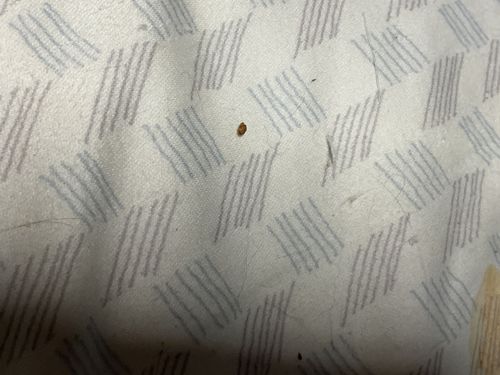Bed Bug
Scientific Name: Cimex lectularius
Order & Family: Hemiptera (Order), Cimicidae (Family)
Size: Adult bed bugs are typically 4-5 mm (0.16-0.20 inches) long, about the size of an apple seed. Nymphs are smaller and translucent.

Natural Habitat
Primarily found in human dwellings, particularly in beds, mattresses, bed frames, and headboards where they can easily access sleeping hosts. They can also hide in cracks in walls, furniture, carpets, and even electrical outlets.
Diet & Feeding
Exclusively feed on the blood of humans and other warm-blooded animals. They typically feed every 5-10 days, but can survive for several months without a blood meal.
Behavior Patterns
Mainly nocturnal, hiding in cracks and crevices during the day. They are attracted to warmth and carbon dioxide. Females lay 1-5 eggs per day, up to 200-500 in a lifetime, in secluded places. Nymphs hatch in about 1-2 weeks and mature in 2-3 months, undergoing 5 molts.
Risks & Benefits
Potential risks include itchy bites, skin rashes, allergic reactions, and secondary skin infections from scratching. They are not known to transmit diseases to humans. There are no known benefits of bed bugs to humans or the ecosystem; they are considered a nuisance pest.
Identified on: 8/21/2025